About
Forbes: Architects Help Ensure A Stress-Free Travel Experience
In a recent article with Forbes, teammate Robyn Novak discussed how airports can reimagine and implement new design strategies to reduce stress and cater to new behaviors.
While we will continue to see a resurgence in travel, we’re also going to see a more discerning guest, embracing the ‘Travel Less, Travel Better’ mantra. With safety and security still top-of-mind, more travelers will look for opportunities to upgrade their experience. Airports should consider offering a more tiered approach, providing a wider array of exclusive amenities, elevated environments, and more convenient detours, to cater to this growing market of premium customers. Not to mention the opportunity for airports to make up for the lost profit in 2020 with these potential new revenue streams. Read more here.
The Amenity Effect: Re-Imagining the Traditional Hotel Experience
Amenities have a profound effect on the value of a building, and new unique experiences make a lasting impression for consumers, employees, hotel guests, and residents. Our mixed-use teammates set out to explore current and future amenity trends in our latest blog series, The Amenity Effect. Follow along as we dive deep into the environments where we work, shop, live, and thrive and take a closer look at the amenities that help make these environments flourish.
___________________________________________
Growing up, I thought of amenities as hotel perks we got to enjoy when we went on vacation. Upon arriving at our destination my dad would say, “leave the bags in the room and let’s explore,” allowing us to wonder around the property to discover everything the hotel had to offer. As the years went by, we began ranking each hotel experience based on the amenities alone. While the core values of hospitality still provide a recipe for those memories, there are many new and evolving facets to an overnight stay that should be considered when designing the spaces and experiences that shape the environment and how guests choose a hotel.
When searching for the perfect vacation spot, consumers’ lists are quickly narrowed down if a hotel doesn’t at least check two of their boxes when it comes to amenities. Another expectation for almost all travelers is the cleanliness of those amenities and the guestrooms. But, what do hoteliers do now and post-pandemic when the demand for cleanliness is at an all-time high? And what if the other amenities they favor most are considered high risk for the spread of germs?
_______________________
“Today, hotels and property sharing models are competing not only for the best amenity spaces, but also for the credibility, safety, and cleanliness of those spaces.”
—Kelli Fellers, Account Director, NELSON Worldwide
_______________________
In this edition of The Amenity Effect, we’re breaking down traditional amenities and exploring new amenities that will drive innovation and reduce friction for hotel stays today and the future:
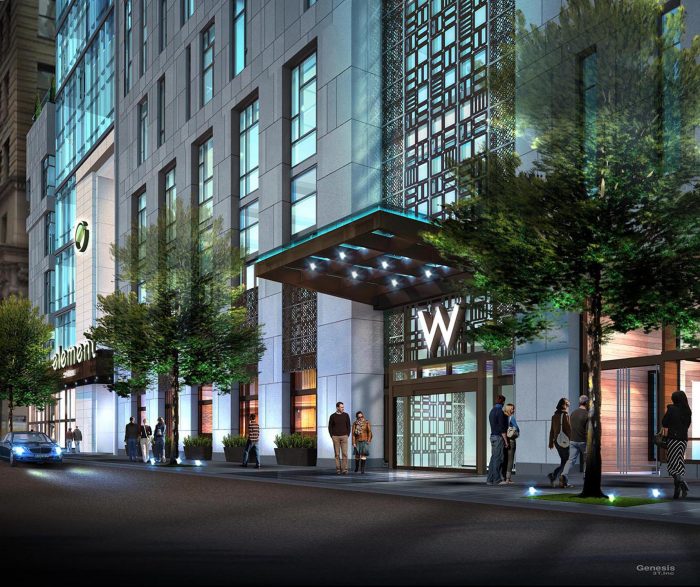
W and Element Hotel – Philadelphia, PA
Baseline Clean
For decades, staple hotel amenities like fitness rooms and swimming pools have been in high demand. To keep these commodities relevant during the current pandemic, as well as in the future, hotel brands must elevate their sanitization and physical distancing procedures, and how they communicate those procedures to guests. Redefining how guests move throughout and interact with a facility is critical to minimize the number of touch points in the guest journey, so they can still enjoy those desired amenities.
Mobile devices will revolutionize the entire hotel amenity experience and simplify the guest journey overall. Guests can use their cell phones to see how busy the hotel gym or pool is before packing up the entire family to spend the day there. They can use their devices to check in and out of an amenity space, order food poolside, print documents in the business center, check the last time an amenity has been sanitized, and more.
_______________________
“Your phone will be your new master key – getting you not only into your room, but access to hotel amenities. It will also play the part of thermostat, remote control, and light switch.”
—Jim Stapleton, Vice President, NELSON Worldwide
_______________________
Wellness Focused Features
Some core amenities may move into the guestroom for those that don’t want to give up their workout routine on the road and prefer an even more controlled environment. Similar to multi-family design, in-room fitness options may relieve some newfound anxiety associated with the pandemic as seen in IHG hotel brands. Operators are beginning to partner with digitally native brands like Peloton, so guests can stream virtual fitness classes from the comfort of their hotel rooms. Design will evolve greatly as we start to see more in-room amenities and hoteliers will need to pay attention to spacial configuration and noise mitigation from impact and vibration.
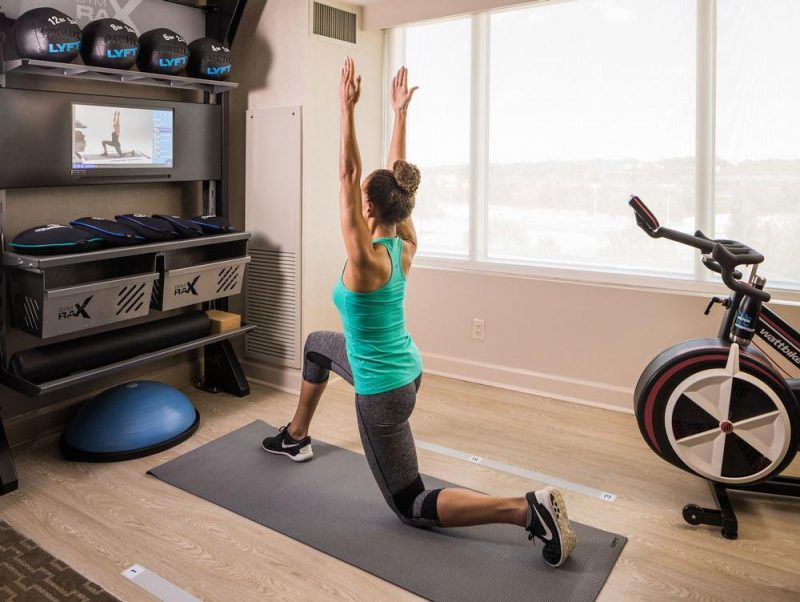
The health and wellness of guests will continue to be a focus for hotel brands, and one of the best ways to accomplish this is through outdoor amenities, Connections to greenspace through biophilic design has been proven to improve well-being. Allowing outdoor amenities for walking, dining, and exercise will cater to the increasing desire to spend time in the great outdoors. Golf courses, beaches, waterfront access, lawn games, curated activity packages, walking tours, scavenger hunts, are all ways to connect guests with nature.
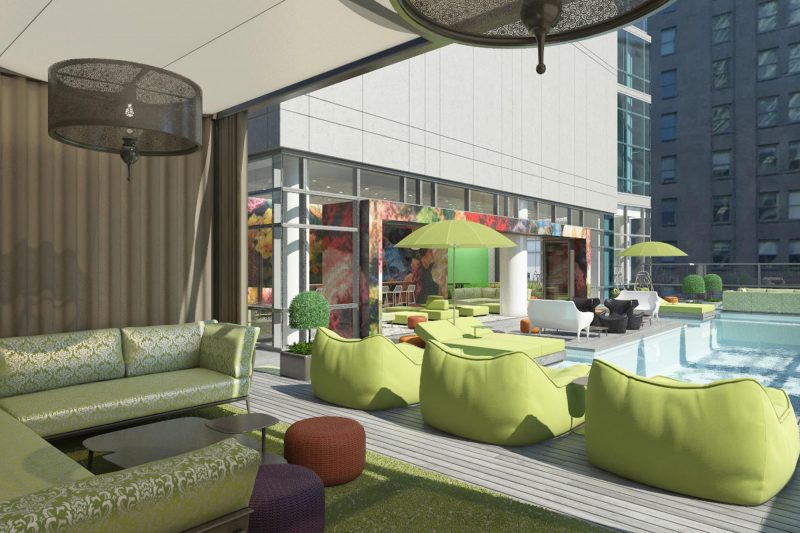
W and Element Hotel – Philadelphia, PA
Outdoor work settings with access to power and Wi-Fi can cater to the business traveler or family member that wants to plug in throughout their stay. As the working remote model is increasing with business operations, it’s imperative that our hospitality options provide for reliable, and comfortable work environments.
Rooftop access is key where applicable. Hoteliers can leverage the sustainability of a green roof, with the fresh outdoor air and elevated views. Whether its space dedicated to pools, lounges, workspace, food and beverage, or recreation, there are endless opportunities for rooftop amenities.
Intentional Space Shifts
Coworking is taking up residency in hotels as remote work becomes more common and the younger workforce seeks a communal environment outside of the guestroom. Proximity and convenience on hotel property allow guest to have a more encompassing stay. Hotel designers and operators will need to implement technologies enabling cordless sharing of content to screens seamlessly from a phone or device for presentations. And these integrations must still pare with the service expectations guests have come to expect
_______________________
“Meeting and event facilities are core to the success of many hotels. A seamless integration of technology and touchless interaction will help reassure travelers seeking to gather again in larger groups.”
—Alex Campbell, Hospitality Studio Director, NELSON Worldwide
_______________________
Smart room automation also supports the need for a better work environment within. The in-room desk and workspace are more important to guests than ever before and can greatly impact the booking decision for business travelers. Some hotel brands are even offering rental packages that allow guests to use rooms as a daytime office. With many people searching to balance working from home, using guest rooms as part-time amenities will grow in popularity in the coming months. Outfitting rooms and workspaces with video capability is essential to keep up with the demand for live conferencing and workflow.
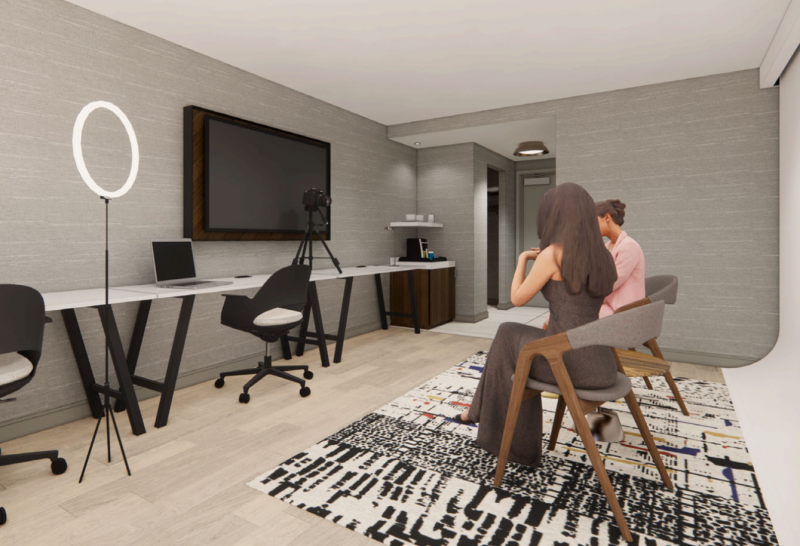
Hotel/office hybrid rendering – NELSON Worldwide
Let’s not forget the social opportunities a hotel lobby and lounge can provide. Whether it’s a place to celebrate a wedding or family occasion, to meet other guests and travelers, network, or simply unwind after a long day of business or travel, the community aspect of hospitality still plays a pivotal role in the hotel experience. Moving forward, these communal spaces can be designed to inspire interaction while balancing the comfort and wellness of each guest.
It’s vital that lobby spaces are dialed in with power and technology to support personal devices throughout. Through design of scale, proximity, connectivity or separation, and aesthetics we can create usable spaces for lounging, gaming, entertaining, working, and socializing. Curated art, cooking demonstrations, mixology classes, craft beer walls all provide a sense of place and experience. Sportsbook hospitality often found in casinos can be recreated within the lobby promoting energetic living rooms to enjoy the latest sporting event with friends or coworkers. Food and beverage concepts are another amenity that can add significant value to a hotel stay, keeping in mind both prepackaged grab-n-go and full-service restaurants. Bringing in local, fresh, and artisan offerings connects the hotel with the community and provides additional choices that cater to the independent traveler or a group that would prefer a more casual experience.
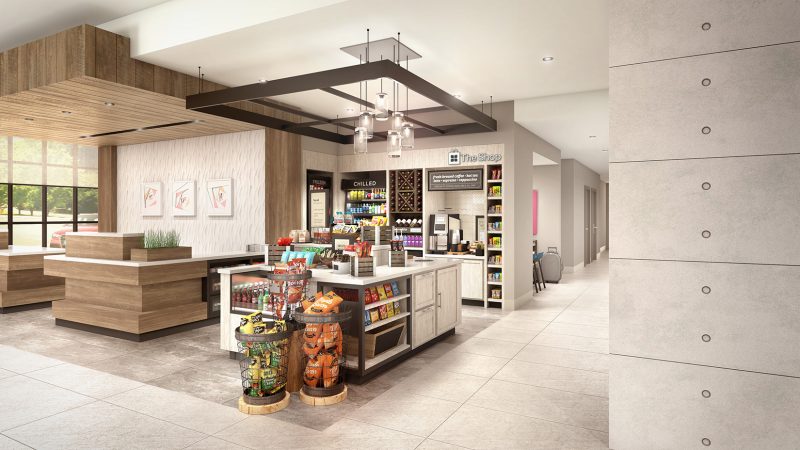
Hilton Garden Inn, The Shops
Spirit of Hospitality
Every amenity, experience, and memory can be elevated through good branding. As a hotel operator, understanding one’s position in the marketplace, role in the community, corporate partnerships, and overall purpose is imperative to what a brand can bring to the consumer. As seen in much of the work from our NELSON brand communications, strategy and insights, and environmental graphic design teams, a successful brand strategy will elevate the impact of design and services. Graphics, décor, signage, ambiance, products, sounds, and smells are all influences to the memories guests tie to an experience. A brand’s value and communication of sustainability will also help inform its decisions on finding balance of operations, cleanliness, and comfort.
Some hotels have aligned themselves with luxury products for the bathroom amenities, guestroom technology, mattresses, furniture, and other amazing objects of design to provide quality and opulent memory and experience.
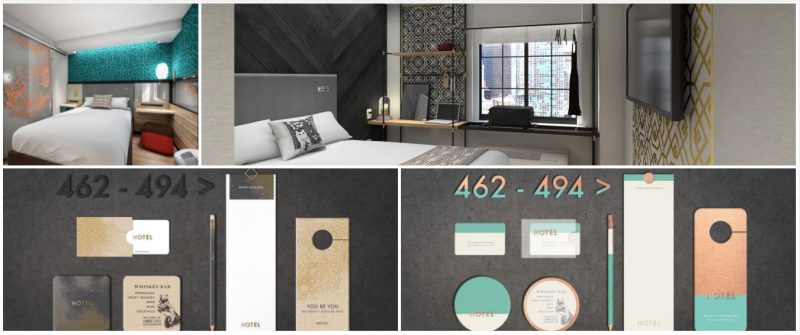
_______________________
“Consumers will hold brands accountable to an entirely new level
of responsibility, especially as they seek guidance on how to best
transition back into travel.”
—Tori Tasch, Senior Brand Strategist, NELSON Worldwide
_______________________
Creating hotel innovative amenities will be what separates a memorable lodging experience from something mediocre. Brands that don’t evolve and improve their core amenities to remain relevant today will fall behind, and those that are constantly re-imagining new offerings will rise to the top.
Careers
Home Page
On Tour with The Green Room
Welcome to The Green Room, Baked by Subway®
Hot on the heels of developing the Subway® Fresh Forward global restaurant concept, FRCH NELSON was approached to conceptualize a traveling pop-up activation to hit the road for a series of Summer music festivals across the country. Building off the momentum of Subway’s new restaurant image and visual identity, we looked for opportunities to amplify and distill the brand’s expression for the music festival masses. We worked closely with the brand team on programming the pop-up experience and collaborated with IMG Live to maintain the design intent all the way through execution.
So how did we create an experience that is authentic to the brand and delivers something that’s memorable and of value to the festival audience?

Turn it Up
We envisioned a Subway branded oasis to pulsate with the energy of a music festival. Leveraging our green architectural fin from the new restaurant concept, we established a festival sized beacon to hold the visual identity and help attract festival goers to (and ultimately into) the activation. Once inside, the green fin becomes the basis for our live stage feed, illuminated focal, and DJ booth only to turn the corner and house a run of cold cases that display a bounty of freshly made sandwiches.
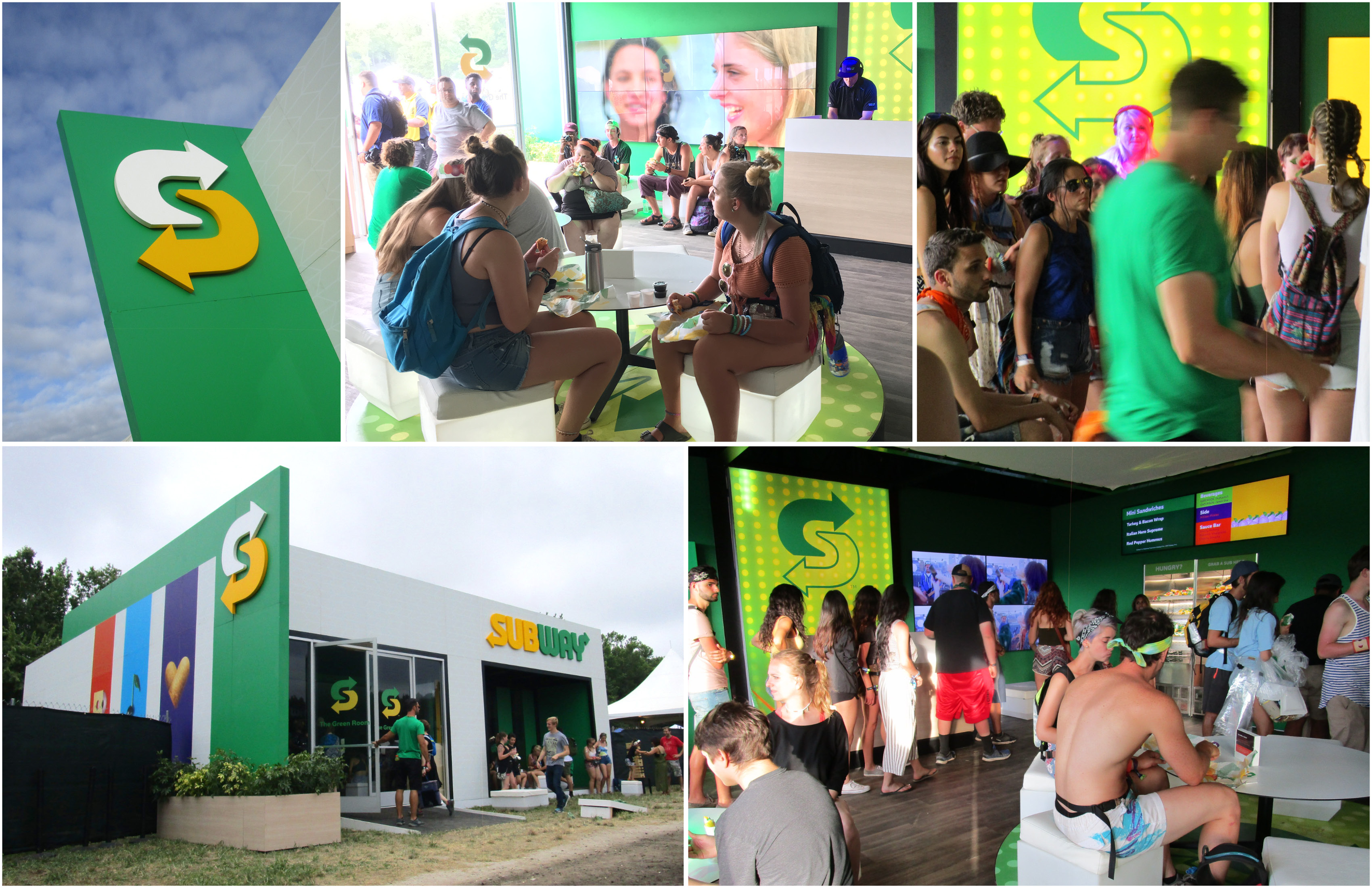
Feed the Need
Everyone loves free stuff… Especially with the added perk of some much needed air conditioning! Scheduled in between set-times, sandwich and swag giveaways satisfy festival goers with something that means something. Providing a nod to the personalization found in Subway restaurants, we planned for a saucing and topping station to give each guest a place to customize their sandwich. Specialty beverages are poured to provide festival goers with a reliable place to refresh and stay hydrated throughout the weekend. Just as everyone is fed, festival goers are surprised by the unmistakable scent of freshly baked cookies that build anticipation for a surprise cookie giveaway and unexpected sweet treat to beat the heat.

Stay Lit
At the heart of the lounge experience, we treated the floor plan as a flexible canvas to move and evolve with the schedule of each day. A fabric ceiling panel is suspended from above to provide an overhead grounding device and dynamic backdrop for illuminated projections that activate each evening. Below the ceiling, illuminated modular lounge seating comes to life at night to further signal that the party is always popping in The Green Room. The lounge seating is configured to move easily and make room for a pop-up stage that showcases acoustic acts via impromptu live performances throughout each weekend.

Hang Fresh
We embedded a “V.I.P.” seating perch at the front of the experience to provide guests a place within the Green Room to chill without missing a beat. This embedded vantage provides a vista to the outside happenings while providing a visual sense of destination to passersby to assure that everyone can see-and-be-seen. We outfitted our front yard with a flexible array of outdoor games and activities and specified large, group hammocks to give weary festival goers a necessary respite.

Share the Love
Amidst playful branded artwork panels, we identified an opportunity for guest engagement in the form of a step and repeat animated photo booth. The photo-op provides guests with an interactive opportunity to capture themselves in a dynamic fashion and share via social media for a kinetic, in-the-moment extension within The Green Room. Check the Instagram feed #SubYAY to see some of the results and see more of the activation in action.

After stops this Summer at Hangout Fest, Governors Ball, and Bonnaroo, we were finally able to catch up with the activation at Firefly Festival in Dover, DE. What a trip! It was beyond exhilarating to finally witness and participate in a party that we had a role in planning. Guests were overjoyed and literally lined up to get in and get a taste. Keep your eyes peeled for more polished photos to show up on our website or feel free to reach out if you’d like to talk about how your brand might show up at a music festival next season.
A New Kind Of Amazon Store
All your favorite, top-rated Amazon products in one store?? Yes, it’s now a thing in Amazon’s latest brick-and-mortar concept store. This week, FRCH NELSON’s Barb Beeghly explored the brand’s newest venture into physical retail, Amazon 4-Star and gave us the scoop!
Located at located at 72 Spring Street in the SoHo neighborhood of Manhattan, Amazon 4-Star lives and thrives in the heart of the NYC’s top retail neighborhood. Upon entering the store through two oversized doors, shoppers immediately feel like they just landed on the Amazon homepage. A variety of products such as phone chargers, quirky kitchen gifts, laptops, and Alexa integrated products are displayed on tables and shelves within the 4,000 square-foot space.
Staying true to its digital roots, casual signage throughout Amazon 4-star emphasizes the familiar feeling of its website. Items are grouped by “Most-Wished-For,” “Highly Rated,” “Frequently Bought Together,” or “Amazon Exclusives”. The most promising aspect of the store is all merchandise has been awarded AT LEAST four stars on the five-star scale by Amazon customers (hence the store’s name). In total, Amazon 4-star stocks around 2,000 items that have to been curated by Amazon to avoid the website’s sellers that falsely trick the review system. At the store, you can trust that you are getting the best products directly from top retailers.
Prices at Amazon 4-star match those on the Amazon commerce website. Digital price tags resembling miniature Kindles with e-ink display are connected to the internet and stay in sync with prices listed on the website. Just like online you can only get the discounted prices if you’re a Prime Member. If you are not already a Prime member, store employees are happy to sign you up for a 30-day free trial.
The idea of Amazon has always been centered around the idea that shoppers can trust they are getting the lowest prices while engaging in a painless decision-making process in the comfort of their home. By selling just one blender, one shower curtain, and one pizza cutter backed by the 4-Star guaranteed review, Amazon 4-Star has made decision making easier than ever while also giving customers the satisfaction of carrying their purchases out the door. Further into the painless process, after seeing, touching, and interacting with top products, Prime Members pay at kiosks by entering their Amazon login information. You will rarely see credit card, and definitely no cash in this store.
While the space is busy and the merchandising a little messy, it’s just another way Amazon is testing the physical retail space. We wouldn’t be surprised if this is a temporary concept that continues evolve and refine – as Amazon is no stranger to testing the waters and making a splash.
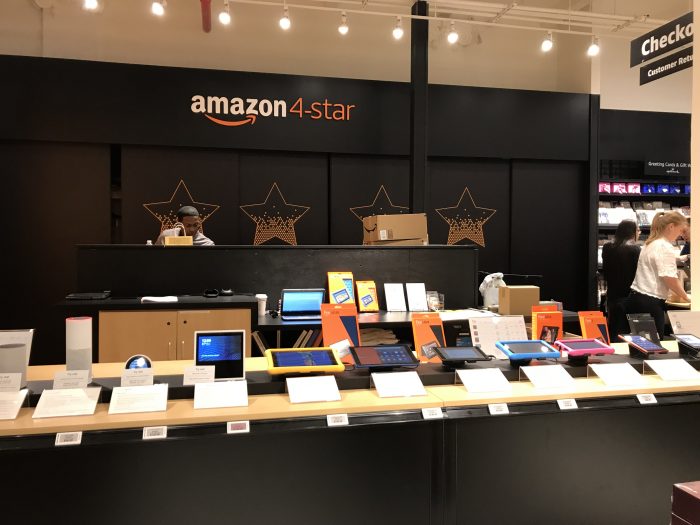
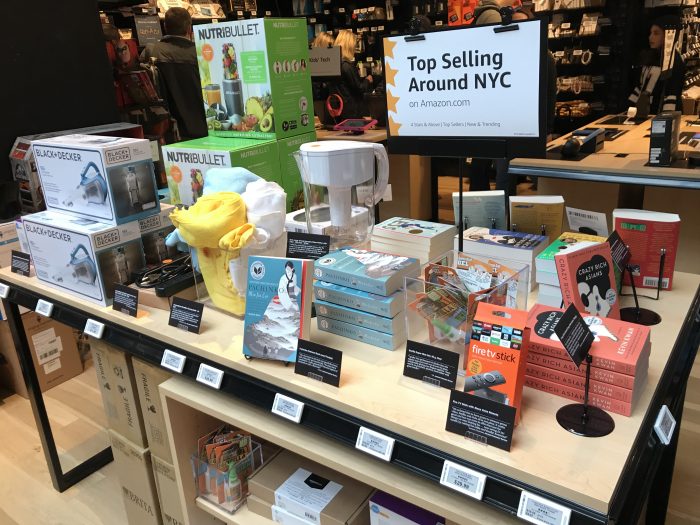
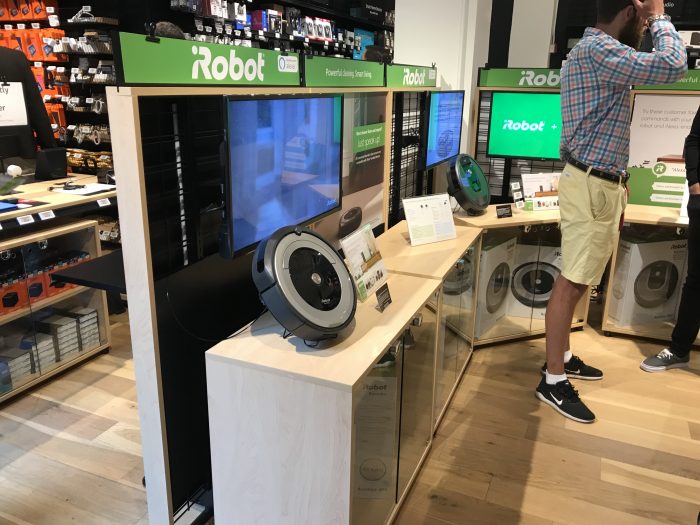
South Florida Hospital News: Broward Health Coral Springs labeled a ‘favorite’ and the ‘best’ by South Florida readers
Broward Health Coral Springs was named the Best Hospital, Best Emergency Care Department and Best Women’s Maternity Hospital by the readers of Our City Magazine, in the publication’s annual Readers’ Choice Awards. 2022 is the fourth consecutive year the hospital was voted Best Hospital.
Read more with South Florida Hospital News here.
In Focus: Healthcare And Real Estate Part II
As healthcare delivery in the U.S. evolves, so do providers’ real estate needs. Stay caught up on trends affecting both healthcare and commercial real estate here, with NELSON Worldwide’s new Insights series examining where the interests of healthcare providers, brokers, building owners and landlords intersect with design and planning in today’s market. We’re also taking a close look at this phenomenon in the Southeast, where we now offer expanded resources and expertise in both healthcare and tenant & landlord services.
How Hospitality is Influencing Healthcare
We live in the era of the savvy, hyper-informed consumer. Thanks to the internet, comparison shopping is a seconds-long exercise at everybody’s fingertips. When an experience is subpar, people are now empowered to swiftly survey the competition and direct their business elsewhere. In healthcare, this consumer mindset is on the rise, driving noticeable changes in the built environment.
Healthcare providers are starting to take cues from the hospitality industry to adjust, merging the guest experience with the patient experience. It’s an effort to become the preferred choice in competitive markets, as well as a self-conscious attempt to positively influence public ratings, which are issued from as high as the federal government (Centers for Medicare and Medicaid Services), to mainstream publications (U.S. News and World Report) and consumer-driven review forums (Yelp and Google).
What does the healthcare experience look like with a hospitality approach? Building owners and landlords take note for future healthcare tenants: here’s how providers are reaching out to their patient populations and saying “be our guest”:
Sophisticated look and feel
Soothing lighting, natural finishes and comforting colors are all common features of modern healing environments derived from evidence-based design. Implemented with hospitality in mind, they also evoke the upscale atmosphere of a hotel. Discerning consumers are opting for providers who offer these kinds of spaces, seeking to reduce anxiety and maybe even add some enjoyment into their trips to see the doctor.
The coffee shop vibe
Consider the ubiquity of remote working alongside the typical length of stay in a waiting room, and the perfect opportunity arises for a workspace amenity. Incorporating tech capabilities such as WiFi and charging stations along with comfortable seating and café space allows patients and visitors to fill their wait times productively, working on mobile devices with a cup of coffee.
Room service, please
Got a craving? Not lunchtime yet? Food service on demand in hospital rooms is now an option in some facilities. Patients can sometimes even order food for their bedside visitors for a fee.
Full-service from front door to exam room
Outpatient facilities in particular are investing in hospitality-trained staff to greet, guide and make patients comfortable before they get to the exam room. This is especially useful for patients with mobility issues and the elderly. As an example, our project for Leon Medical Centers in East Hialeah, Florida, employs a wide variety of staff with training from the Ritz-Carlton Leadership Center. Visitors are greeted at the entrance and offered assistance and support with navigation around the facility.
Front of house vs. back of house
Just as hotels keep their bustling back-of-house operations behind closed doors, healthcare providers see the value in keeping medical services distinctly separate from lobby and common areas. This ensures areas where incoming visitors can relax without being disturbed by the to-and-fro of white coats, scrubs and gurneys.
Healthcare consumers have spoken, and providers are listening up. Your local healthcare facility may not be turning into the Four Seasons anytime soon, but hospitality amenities and conveniences are slowly affording patients and visitors an improved, even desirable, experience.
Author:
By Jose Estevez
Principal, Healthcare Practice
NELSON